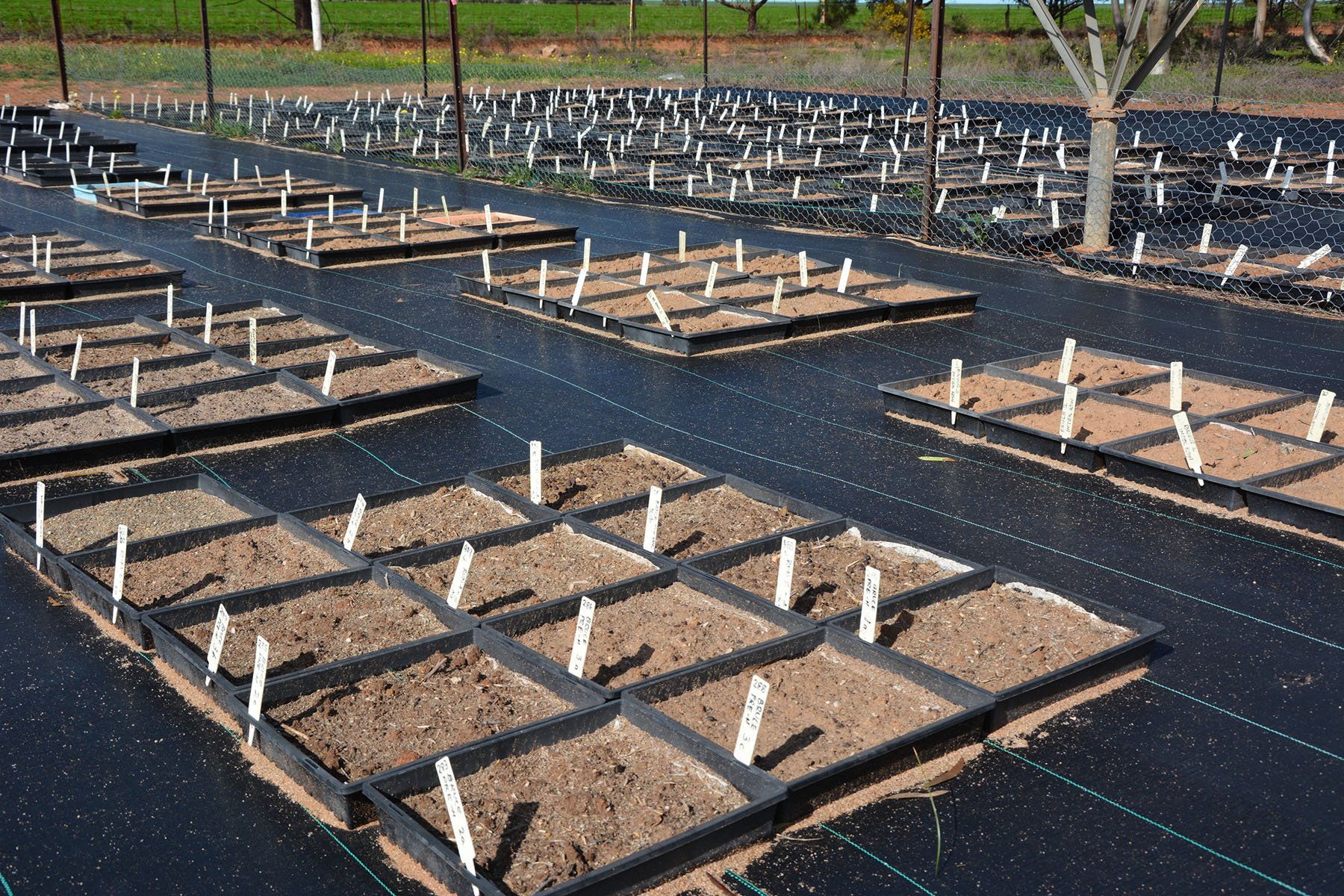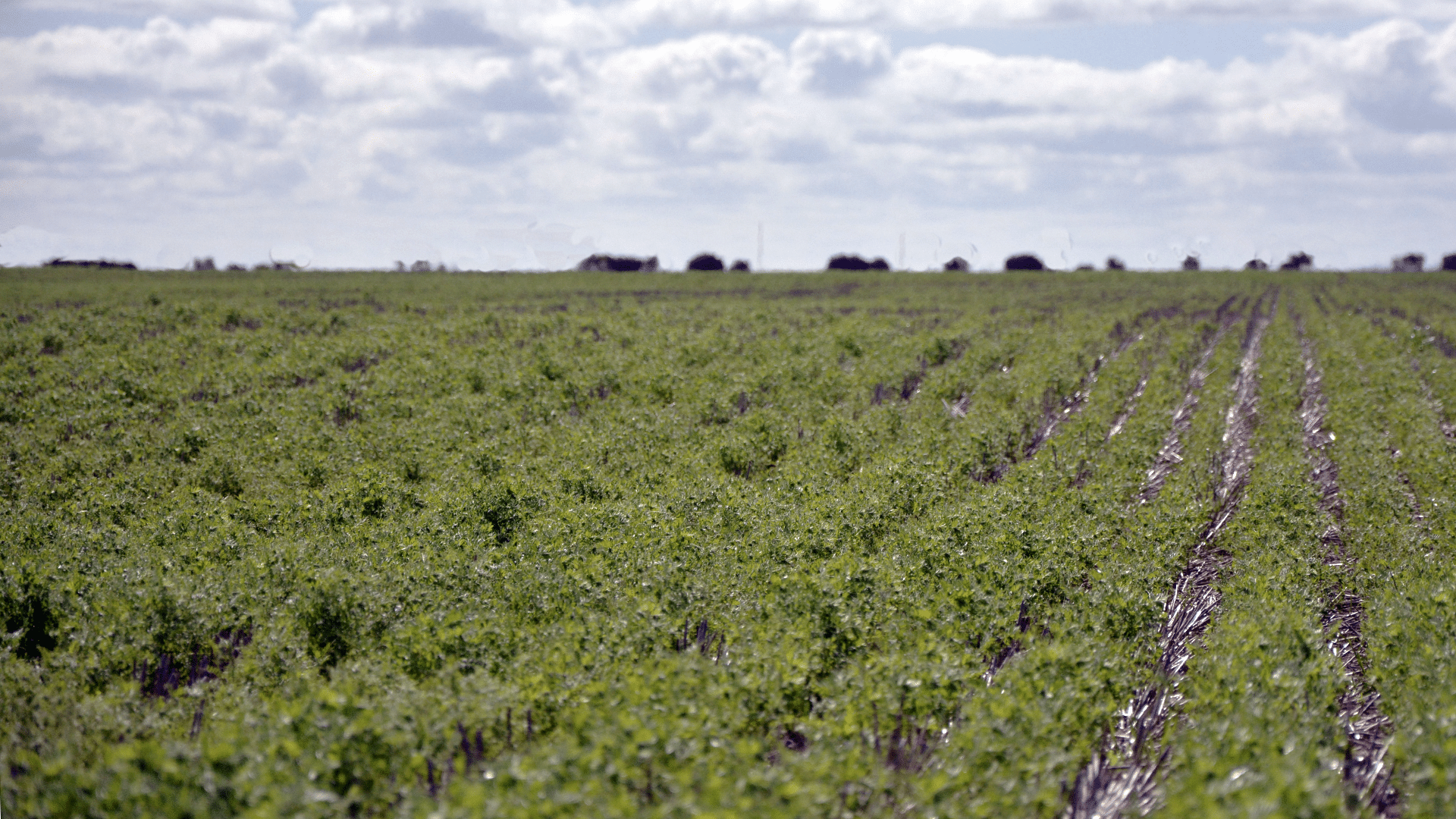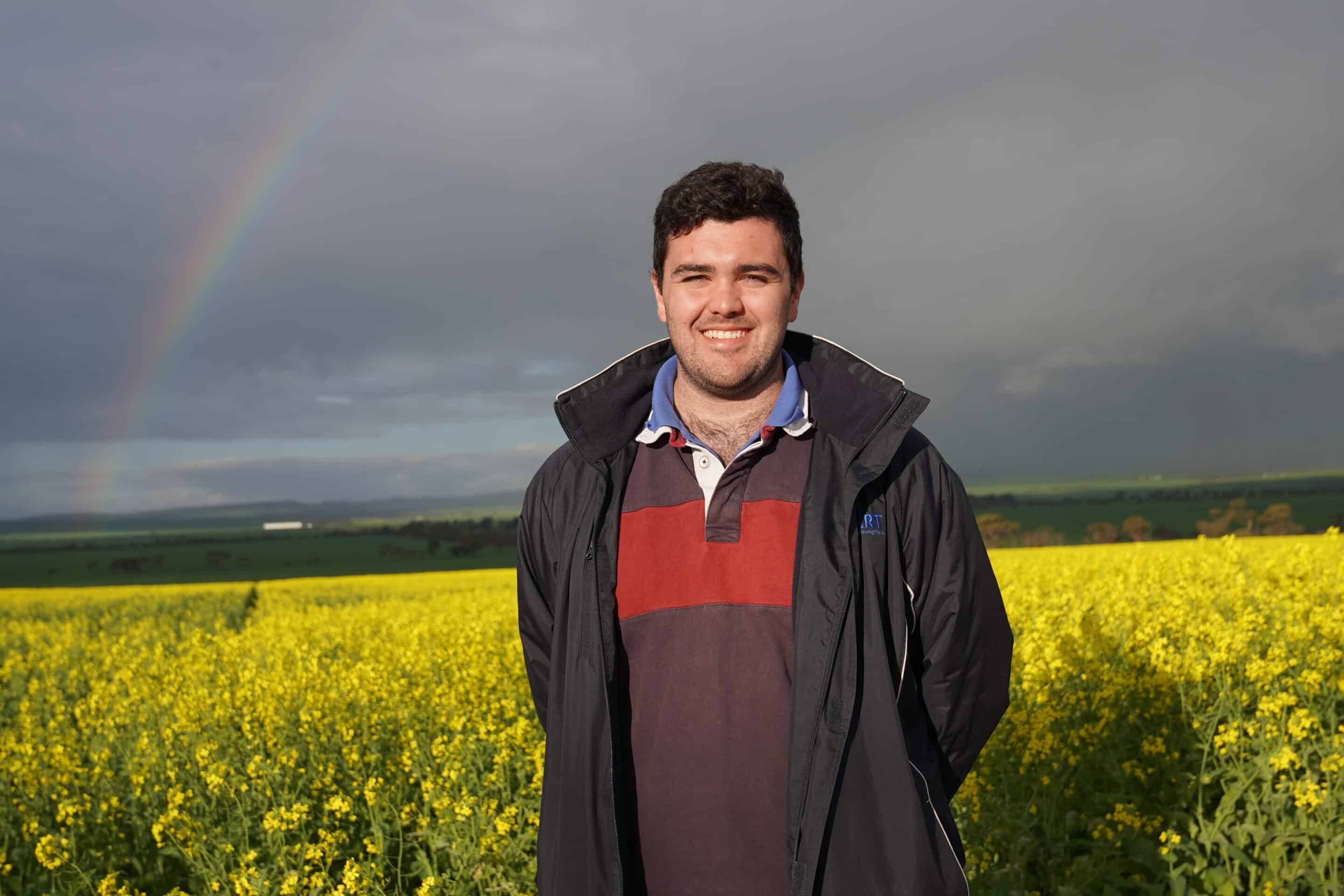START
FINISH

Summary
While information had existed on the effectiveness of burning methods for annual ryegrass and wild radish, very little was known about the efficacy of burning treatments for other weed species prevalent in low rainfall cropping systems in southern Australia.
The project determined the temperature and time thresholds for killing the seeds of weed species including Lincoln weed, Indian Hedge mustard, Onion weed, Barley grass, Brome grass, Statice, Annual ryegrass, Wild turnip, Mallow. The project also investigated the temperatures that could be achieved during the burning of residues in the field.
Background
Burning crop residues to destroy weed seeds is one of the oldest cultural weed control measures in agriculture. Despite this, there was a gap in knowledge in relation to the efficacy of burning treatments on a number of weed species that are highly prevalent in low rainfall cropping systems in southern Australia.
Research Aims
The core objectives of the project were to:
• Determine the temperature thresholds for killing common weed seeds found in low rainfall farming systems in South Australia.
• Enable farmers to judge the value of narrow windrow and other burning techniques for the weeds in question.
• Help farmers manage weeds more effectively.
In The Field
To determine the temperature thresholds for killing common weed seeds, seeds from ten different weed species were collected from cropping paddocks at weed maturity. The seed was cleaned to achieve consistency with the state of weed seeds shedding and at the time of stubble burning.
A kiln was preheated to the desired temperature and used to apply heat treatments to seeds, with seeds from each species placed in a ceramic dish, held in a rack and placed into the kiln for the desired duration. The seed was then cooled and was placed into packets of 100 for germination assessment.
The seed packets were placed in a petri dish, treated with solution, sealed and placed into a controlled environment growth room for 14 days before the number of germinated and non-germinated seeds were counted.
The trial was replicated three times with 100 seeds in each sample and germination in each dish was compared back to the relevant untreated control.
To determine the range of temperatures that could actually be achieved by burning paddock residues, a hand held temperature gun was used during both whole paddock and windrow burning operations on farms
Results
The seeds of the weed species in question could be killed with heat, but there were differences in heat tolerance. The duration of heat treatments also had a significant impact on the treatment efficacy on weed seeds in all species tested.
The cereal windrow burning treatment achieved temperatures above those required to kill high levels of weed seeds, except in paddocks which had received 11mm of rainfall the previous week.
The effectiveness of narrow windrow burning depended largely upon the proportion of weed seeds which could be collected by the header and placed into harvest windrows.
An open paddock burn with a high stubble load had a faster burn but still achieved the necessary temperatures of 450°C for more than 60 seconds.
Results showed that in most situations burning narrow harvest windrows was likely to achieve good control of weed seeds collected in the harvest row. With all methods tested, control of weed seeds across the paddock depends largely on the proportion of weed seeds that can be collected by the harvest operation.
Project Participants
PIRSA SARDI: Naomi Scholz, Amanda Cook
University of Adelaide: Ben Fleet
MSF: Stuart Putland
UNFS: Ruth Sommerville, Barry Mudge
The Problem
Very little was known about the efficacy of burning weed species that impact on low rainfall cropping systems in southern Australia, other than annual ryegrass and wild radish.
The research
The efficacy of burning treatments on different weed species was investigated by exposing weed seeds to high temperatures for varying durations.
More information
Naomi Scholz, PIRSA-SARDI,
T: 8680 6233, M: 0428 540 670,
E: [email protected]
Value for Growers
Growers were provided with one tool for control in an integrated weed management approach thanks to the project, which showed that a hot burn (best achieved by placing residues in windrows and burning when dry) over 60 seconds would effectively kill the weed seeds of Lincoln weed, Indian Hedge mustard, Onion weed, Barley grass, Brome grass, Statice, Annual Ryegrass, Wild turnip and Mallow.
However, total control of weed seeds across the paddock using these methods will depend on the proportion of the weed seeds that can be collected by the harvest operation.
Key messages from the project were presented to farmers and agribusiness representatives at farmer meetings held in Minnipa, Piednippie, Charra, Port Kenny, Kimba, Cowell, Rudall and Warramboo.
There were articles about the project published in the Eyre Peninsula Farming Systems Summary, Mallee Sustainable Farming Compendium and Upper North Farming Systems Annual Summary, as well as on the EPARF, MSF and UNFS websites.



